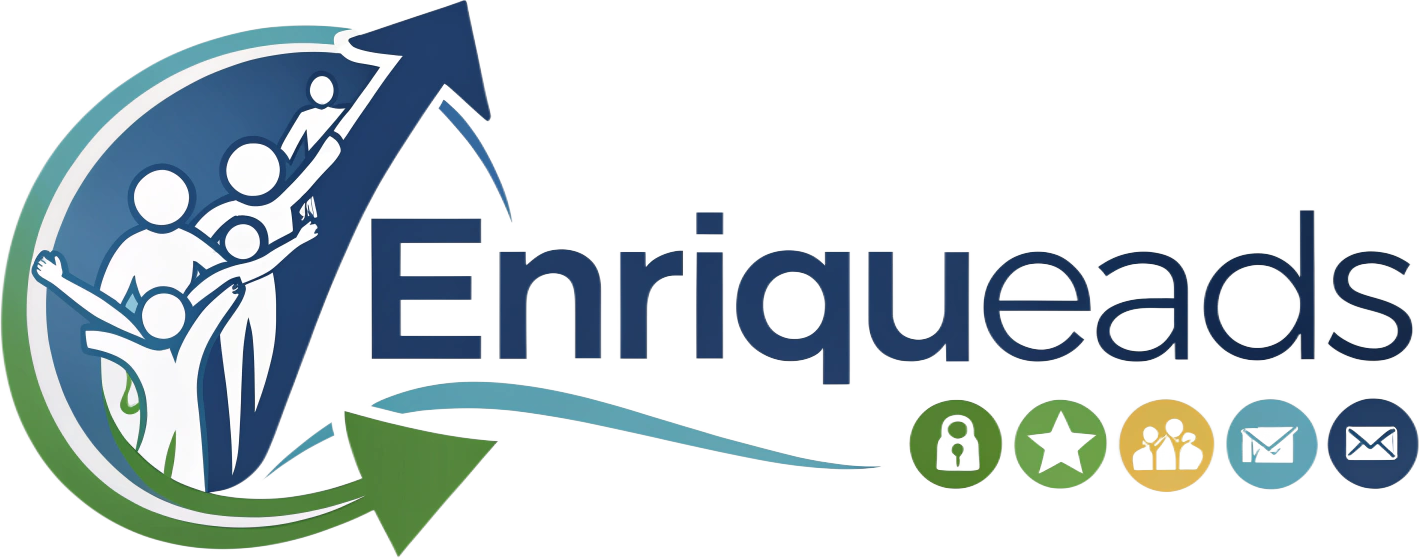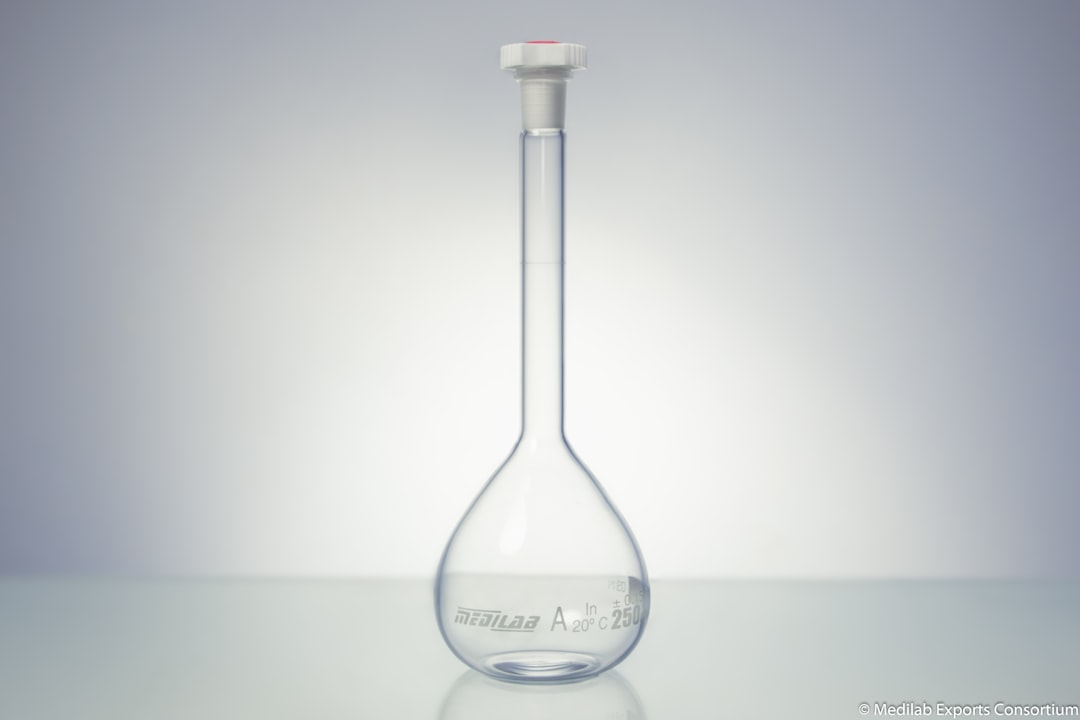The Art and Science of Sales Funnel Optimization: Crafting a Seamless Journey
Sales funnels are the unsung heroes of modern marketing. They guide potential customers through a carefully constructed journey, from the moment they discover your brand to the final purchase. But how do we ensure this journey is as smooth and efficient as possible? The answer lies in sales funnel optimization.
Imagine you’re planning a road trip. You wouldn’t just hop in your car and start driving without a map, right? Similarly, customers need a clear path to follow when they interact with your brand. Sales funnel optimization is akin to mapping out that journey, ensuring that every twist and turn is designed to keep your passengers engaged and moving toward the destination: a successful sale.
First, let’s break down the stages of the sales funnel. At the top, we have the Awareness stage, where potential customers first encounter your brand. This is where your marketing efforts need to shine, whether through social media ads, engaging blog posts, or eye-catching visuals. Optimizing this stage involves understanding your audience and crafting messages that resonate with them.
Next comes the Interest stage. Once potential customers are aware of your brand, they need a reason to care. This is where lead magnets come into play. Offer something valuable in exchange for their contact information—think free trials, eBooks, or exclusive discounts. This not only builds your email list but also sets the stage for deeper engagement.
As we move down the funnel, we reach the Decision stage. This is critical; potential customers are weighing their options. This is your chance to shine. Use compelling product descriptions, highlight unique selling points, and share customer testimonials to sway their decision in your favor. The more informed they feel, the more likely they are to convert.
Finally, we arrive at the Action stage. This is where the magic happens. Your call-to-action (CTA) should be crystal clear. Whether it’s “Buy Now,” “Sign Up,” or “Get Started,” your CTA needs to stand out and compel action. A/B testing different versions can help determine what works best for your audience.
But sales funnel optimization doesn’t stop once a customer makes a purchase. Post-purchase engagement is just as important. Consider follow-up emails, customer satisfaction surveys, or loyalty programs to keep customers coming back for more. This not only enhances their experience but can also turn them into brand advocates who will spread the word about your business.
Moreover, understanding the psychology behind purchasing decisions can enhance your optimization efforts. Consumers often need to see a product multiple times before making a purchase. This is where retargeting ads come into play, reminding users of what they’re missing and encouraging them to return.
Budget constraints shouldn’t hold you back from optimizing your sales funnel. Many tools are available, ranging from affordable CRM software to free analytics tools that can help you track user behavior. Even simple DIY approaches like surveys can yield valuable insights into your audience’s needs and preferences.
In conclusion, sales funnel optimization is an art and a science, requiring creativity, strategic thinking, and a deep understanding of your audience. By crafting a seamless journey that guides potential customers through each stage of the funnel, you’ll not only boost your conversion rates but also foster lasting relationships with your audience. So, take the time to map out your funnel, make the necessary adjustments, and watch your business flourish.

